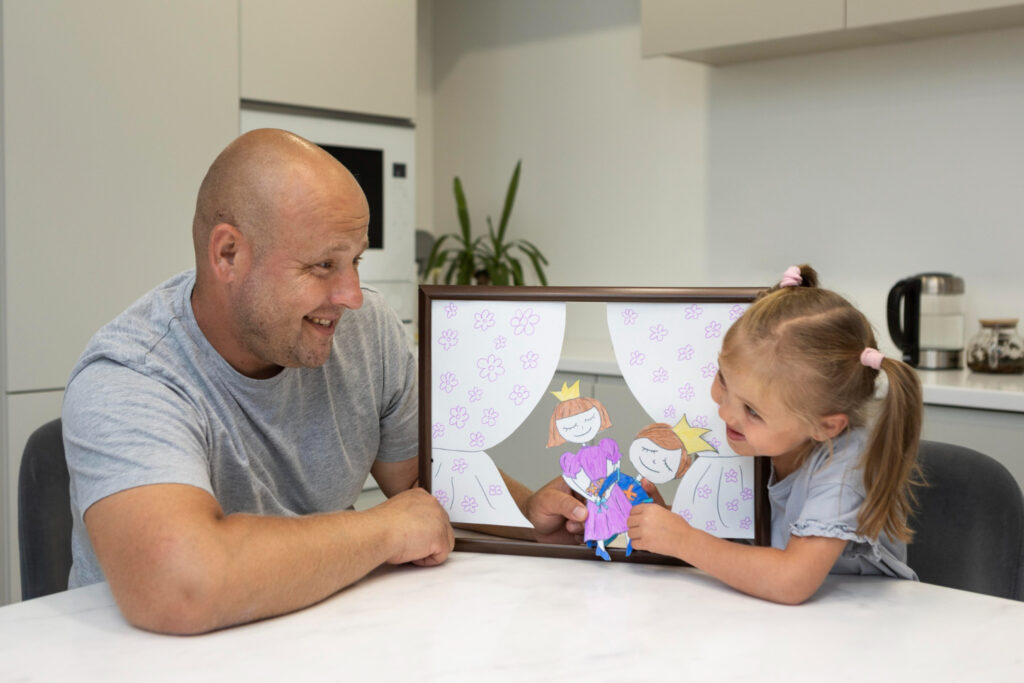Introduction
Applied Behavior Analysis (ABA) therapy, widely regarded as the “gold standard” for autism treatment, utilizes reinforcement techniques to teach skills and expected behavior to individuals on the autism spectrum. While proponents praise its success in skill development, critics argue that it can be demanding on autistic children, pressuring them to conform to societal norms. This article delves into the workings of ABA therapy, exploring its potential benefits, drawbacks, and the controversies surrounding its application.
What Is ABA Therapy?
Applied Behavior Analysis Therapy for Autism involves therapists reinforcing desired behaviors and discouraging unwanted ones in patients through the use of rewards. Tailored to the patient’s age and specific goals, there are various types of ABA therapy, each emphasizing different aspects of skill development.
History of ABA
Originating in the 1960s by behavioral psychologist Dr. Ivar Lovaas, ABA initially included harsh punishments like electric shocks. While such practices have been restricted, ABA has evolved over time. Therapists now focus on helping autistic individuals live independently, emphasizing social, emotional, and behavioral skills.
In the canvas of compassion, Applied Behavior Analysis Therapy becomes the brush that paints pathways of progress for individuals with autism, creating a masterpiece of understanding, connection, and transformative growth.
Rachel Colleen Russell
Types of ABA Strategies
In ABA, therapists employ various strategies, including:
- Discrete trial teaching:
Originating from Lovaas, this technique involves breaking down lessons into simple tasks, rewarding successful completion within a cue-and-response framework. - Naturalistic teaching:
This approach allows students to dictate their learning pace throughout the day, aligning with the context of their regular routines. - Pivotal response training:
Directed by the student, this teaching method enhances motivation, response to multiple cues, social setting structuring, and self-regulation. - Token economy:
This strategy involves rewarding or removing tokens based on predefined behaviors. Also referred to as conditional reinforcers, tokens operate similarly to real-world currency exchange. - Contingent observation:
This learning strategy applied in a peer group setting. After demonstrating to a child that their behavior is unacceptable, the child is instructed to observe their peers successfully performing a task.


Benefits of ABA
Advocates highlight several benefits of Applied Behavior Analysis Therapy for autism, such as:
- Development of Behavioral Skills:
Studies indicate that ABA therapy effectively enhances skills, leading to improvements in IQ, behavior, and reduced severity of autism diagnosis. - Versatility:
ABA can be applied to teach both simple and complex skills, providing a broad spectrum of support. - Parental Guidance:
ABA equips parents with strategies to teach their children at home, offering a structured approach to measure progress. - Capability Recognition:
ABA demonstrates that autistic children are capable of learning and adapting behaviors, fostering inclusivity.
Drawbacks and Controversies of ABA
Despite its benefits, ABA therapy faces criticism and controversies:
- Focus on Behavior Problems:
Detractors argue that ABA places excessive emphasis on stopping “problem behaviors” rather than fostering skill development. - Attempt to Normalize:
Critics claim that ABA attempts to make neurodivergent children conform to societal norms, dismissing natural behaviors. - Potential Trauma:
Studies suggest that ABA therapy may lead to lasting negative effects, with individuals undergoing the therapy being more likely to meet the diagnostic criteria for post-traumatic stress disorder (PTSD).

The ABA Therapy Process
A counselor will assist you in developing a customized plan for your child’s ABA therapy sessions, outlining specific objectives and determining session durations.
To begin, the counselor will conduct an assessment, thoroughly examining your child’s medical history and past treatments. Conduct interviews with family members to gain insight into their treatment goals. The initial session involves the counselor observing your child, with ongoing evaluations tracking progress towards established goals. This process aligns with the recommendations provided by the Council of Autism Service Providers in their 2nd Edition guidelines on Applied Behavior Analysis Treatment of Autism Spectrum Disorder.

ABA therapy is versatile and can be administered in various settings such as home, school, inpatient programs, and community locations. Educate parents to provide essential support to the child across different environments.
The intensity of therapy, typically ranging from 10 to 25 hours per week, depends on the treatment goals. Programs addressing severe behaviors may necessitate more hours. Verify the cost of ABA treatment, often priced at $125 per hour with a certified therapist, with your insurance provider for potential coverage. Some states mandate insurance coverage for ABA therapy, and if uninsured, explore eligibility for the Children’s Health Insurance Program (CHIP). Certain ABA providers may also offer free or sliding fee scale therapy options.
Regular evaluations every few months help gauge the child’s progress, assisting in determining the appropriate duration for ongoing treatment. Most programs incorporate a gradual step-down in services before concluding the therapy.
When to Stop ABA Therapy
The decision to discontinue ABA therapy should be based on specific criteria, including the patient meeting their goals, not meeting the criteria for autism, lack of progress, or unresolved issues between the family and provider.
Conclusion
Applied Behavior Analysis Therapy for autism is a valuable tool for improving skills in autistic individuals, but it comes with its share of controversies. The evolving approach focuses on managing behaviors rather than attempting to change an individual’s feelings or thoughts, aiming to help autistic individuals live as independently as possible. Discussing concerns with providers can guide parents in deciding whether ABA therapy is the right fit for their child, emphasizing the importance of personalized and respectful treatment.
Source
- Lovaas, O. I. (1987). Behavioral treatment and normal educational and intellectual functioning in young autistic children. Journal of Consulting and Clinical Psychology, 55(1), 3–9.
- National Autism Center. (2015). National standards report: The national standards project—Addressing the need for evidence-based practice guidelines for autism spectrum disorder.
- Council of Autism Service Providers. (2020). 2nd Edition guidelines on Applied Behavior Analysis Treatment of Autism Spectrum Disorder.
- Green, G. (1996). Early behavioral intervention for autism: What does research tell us? In C. Maurice, G. Green, & S. C. Luce (Eds.), Behavioral intervention for young children with autism: A manual for parents and professionals (pp. 29–44). Pro-Ed.
- Ozonoff, S., Cathcart, K., & Provencal, S. (2008). Systematic review and meta-analysis of the relationship between autism and PTSD. Journal of Autism and Developmental Disorders, 38(9), 1758–1766.







